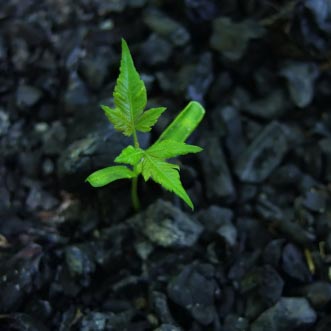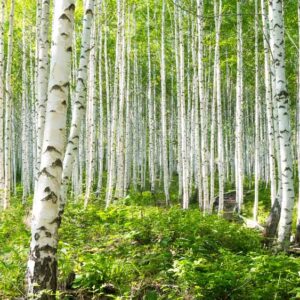Mountain Ash (Sorbus Aucuparia)
€2.00
In stock
Additional information
| Size | 60-90cm |
|---|---|
| Growth Rate | Moderate; reaches mature height of 20-30 meters over a number of years. |
| Hardiness | Extremely hardy, capable of withstanding harsh climates and cold conditions. |
| Soil Conditions | Prefers well-drained, loamy soils but is adaptable to a wide range of soil types, including clay and sandy soils. |
| Seasonality | Retains its structure and form throughout the year; known for seasonal foliage and fruit, which are prominent in autumn. |
| Maintenance | Low-maintenance; may benefit from occasional pruning to maintain a desired shape, though this is generally not necessary. |
| Planting | Thrives when planted in well-drained soil but is quite tolerant of less ideal soil types, including clay and sandy soils. |
| Wildlife Benefits | Attracts and supports a wide range of wildlife. Produces berries that are an important food source for birds and mammals and provides a natural habitat for various insects. |
| Companion Planting | Complements native shrubs and other understory plants, enhancing local biodiversity and ecological balance. |
| Pest Resistance | Generally resilient, although regular monitoring is recommended as it may be vulnerable to certain pests and diseases. |




